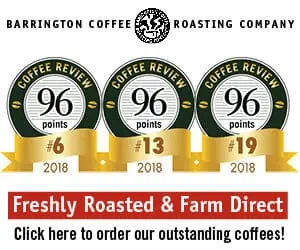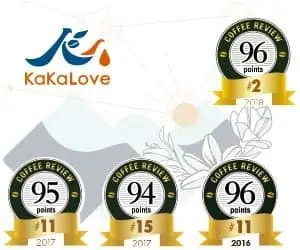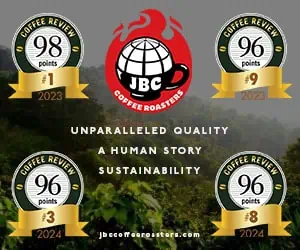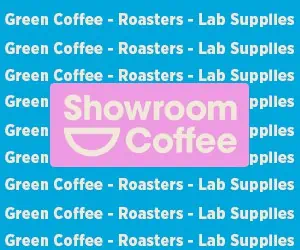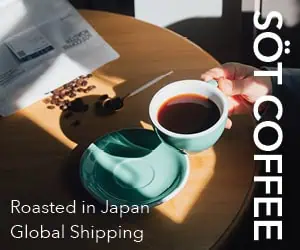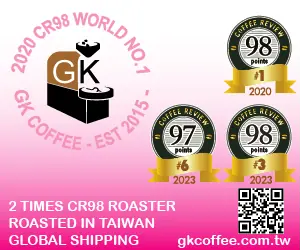Those of us who’ve ever asked a coffee professional how to brew coffee have likely gotten the following industry recipe:
6 ounces water
10 grams ground coffee
4-6 minutes contact time
Water temperature: 195-205º F
Extraction target: 18-22% extracted soluble solids by weight
This all seems pretty clear. Except, maybe the “extraction target”. But, how many people end up really brewing using this formula? I have no statistics but I would venture that very few do. I know I personally start with every new sack of coffee using these measurements. Then, I vary, sometimes quite a bit.
I often am asked how strong I like my coffee. It is a difficult question, one I suspect does not have as defined an answer as we might suppose. The standard for coffee has been 1.35% soluble solids extraction, but who determined that? Does that really represent coffee strength?
The history of coffee strength is based upon panels of industry experts telling the public what it is supposed to like. Now, in my opinion, there’s nothing inherently wrong with that. It is true for many products, so coffee’s industry experts need not feel too elitist, or if they do, they should not feel uniquely elitist. It is common for wine groupies to head for the local wine store and have a wine guru (almost certainly someone with a vested interest in a wine business) lecture them about what to notice/like in a wine. Why shouldn’t it be the same with coffee? In the 1930s, a bunch of coffee industry cuppers decided to publish standards, including brewing temperatures and strengths. This commission published their formula in what is currently reprinted as the CBC Workshop manual. They are a quite useful tool. These specifications, though, are a bit like small, medium and large T-shirt sizes. You just might find you don’t quite fit into those sizes.
Coffee is typically brewed by individuals. Unlike wine, every coffee drinker gets to ultimately decide his own strength. I routinely offer coffee as gifts to friends who seem to delight in informing me that they brew it lighter than I did when they had it at my house.
I know this is a challenge to anyone who’s reprinted the coffee industry’s formulas, but how strong is enough? Is the 1.35% soluble solids specification really the one size that fits all? Should the industry attempt to force end-user conformity to any specific standard?
How do we define strong? I would suggest that strong is when the coffee flavor is enough, but before the bitterness becomes objectionable. There is probably an association between the size of this window of opportunity for a given coffee and our enjoyment of it. In other words, if you like a light roasted Colombian coffee, it is because it has an easy to find spot where the flavors and tastes you like can be found, but there is little or no
discernable bitterness.
Well here are a few answers. We know that one size does not quite fit all. How to we know this? Well, for one thing, the European coffee standards are a bit different, and stronger, than the American ones. The Europeans accept more bitterness, as their standards accommodate a longer brewing time and finer grind coffee.
The American, and European, standards were achieved by taste panels, panels that used the currently available coffees and ones that were light roasted. The American coffees were almost certainly lighter roasted and they were likely what is not called cinnamon roast. Does anyone know if dark roasted coffees taste equally strong at 18-22% extractions and 1.35% soluble solids as an light roasted coffee. We know they do not. That is common sense. The amount of bitterness is certainly higher. It might be a nice and tidy world if they tasted the same except for roast, but they don’t.
Why do I bring all this to your attention? Simply because so much emphasis is spent in the coffee industry to try to get you to brew to achieve a certain extraction % to achieve a certain percent soluble solids. But, if varies with each individual what strength they prefer and it may vary per individual per roast type. I may like coffee stronger than you. I may like dark roasted coffee less strong than I like my light roast coffee.
Now, this one specification of coffee strength, the how strong, would be just intellectual curiosity if it were not for its being the holy grail of coffee perfection. It is the number that all the other measurements in brewing formulas are designed to serve. We use ten grams per 6 ounces of water, keep it in contact with the specifically ground coffee at 195º-205ºF for 4-6 minutes in order to achieve 18-22% extraction resulting in 1.35% soluble solids. Every single coffee brewer made is somehow expected to achieve this result.
Well, I’m here to tell you to free yourself from the tyranny of this goal. Today’s wider range of roasts means it might make more sense for you to back off the amount of grounds to get your best tasting cup. If you’re using a French press or manual drip, maybe you want to take the kettle off the heat an extra minute before pouring, which will reduce the extraction. Maybe you want to press the plunger on your press down a minute sooner, or later. Or grind a bit finer or coarse, perhaps the best way to increase or reduce strength using an automatic drip maker.
Play with it. Don’t feel you have to color inside the lines.
How strong? As strong as you like it. That’s how strong.
©Kevin Sinnott 2009



